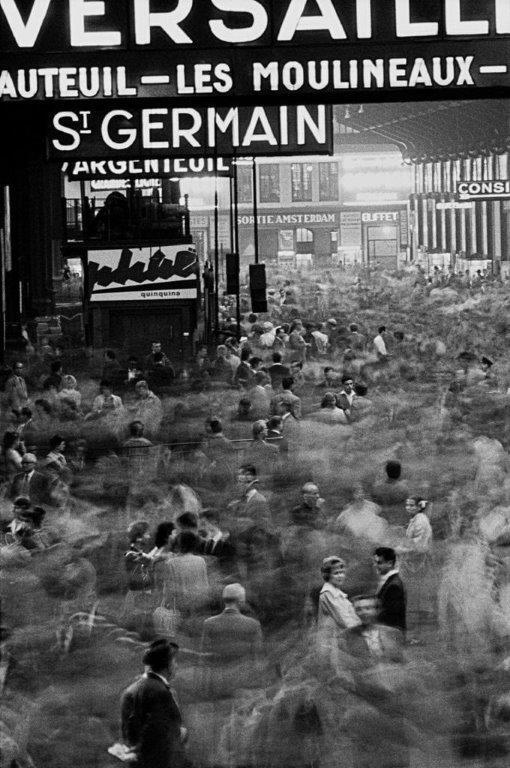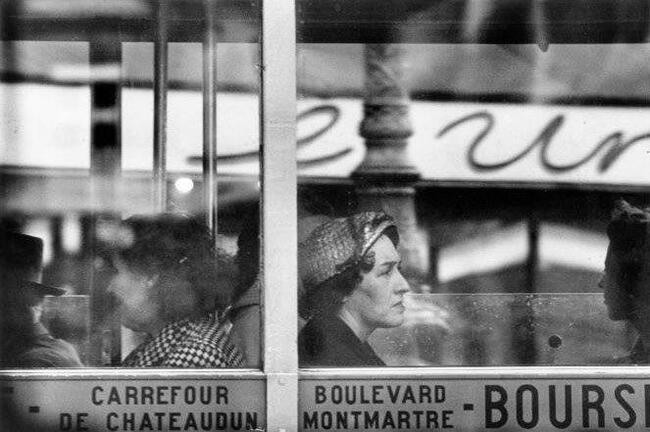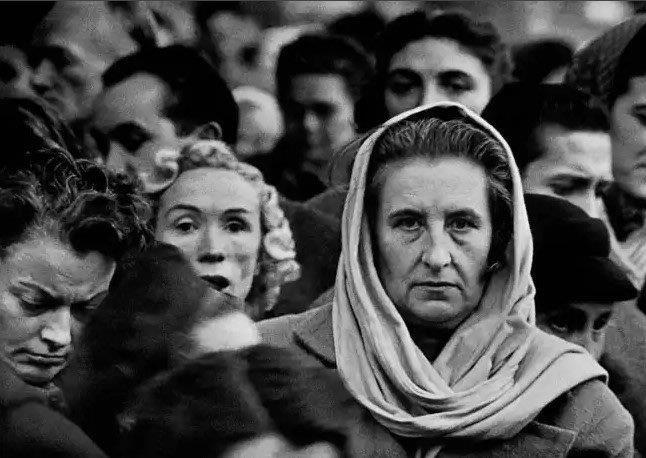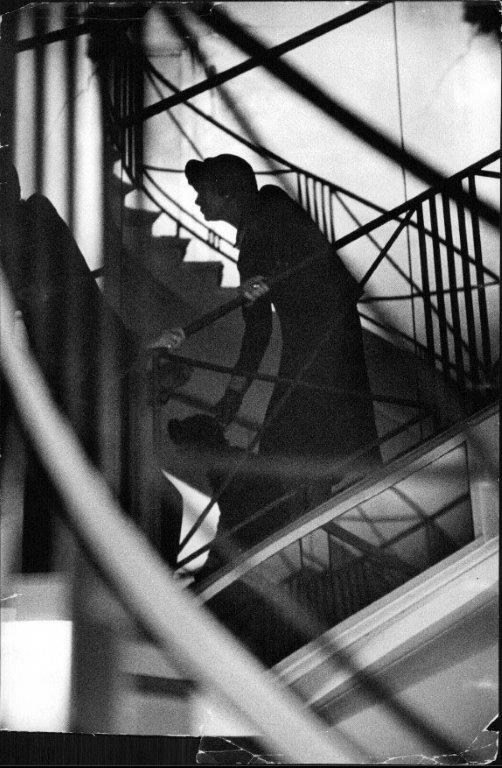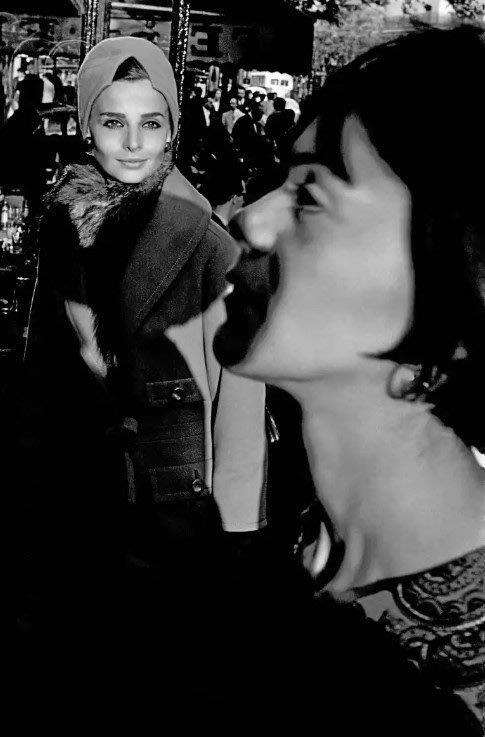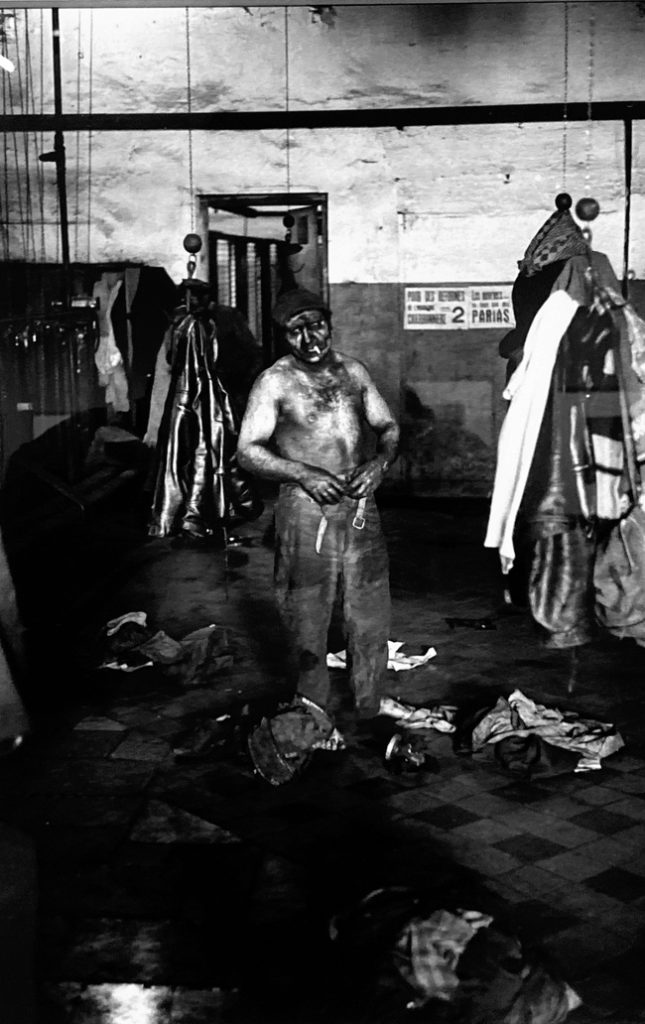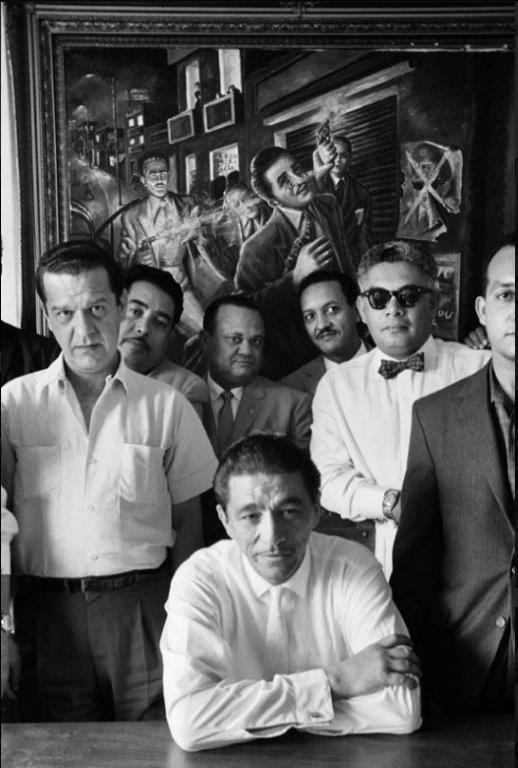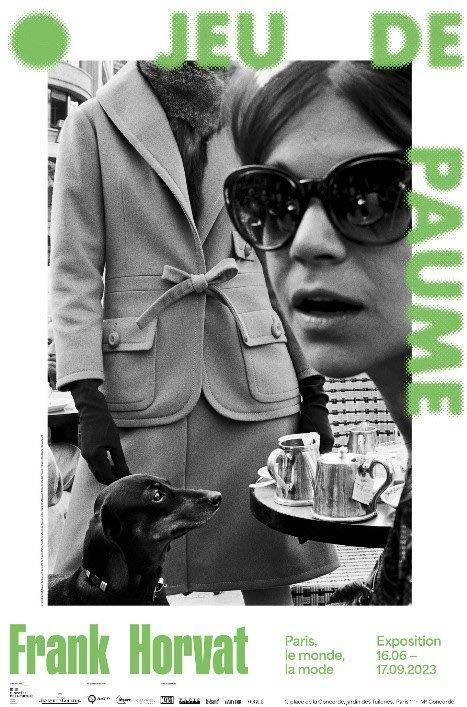The name Frank Horvat, a highly esteemed and widely recognized photographer renowned for his exceptional fashion photographs, is likely to resonate with many. However, what may not be as commonly known is that Frank Horvat was born in Italy, and his family was compelled to flee due to the oppressive racial laws that specifically targeted Jews before the outbreak of the second world war. Following this, he wandered through various parts of Europe until eventually finding a home in Paris. Destiny brought him face to face with the influential Henri Cartier-Bresson, who graciously gave him invaluable advice, including investing in a Leica camera. This momentous encounter led Horvat to become a member of the prestigious Magnum photography agency. The Musée du Jeu de Paume is now presenting a large and unprecedented exhibition of Horvat’s body of work, an exhibition of colossal size, the first of that magnitude since his death in 2020. Remarkably, this exhibition focuses only on the first fifteen years of his career. “Paris, the world, fashion” are the themes woven throughout the exhibition, showcased through an astounding collection of no fewer than 175 prints and other evocative documents. Embarking on a journey through this exhibition is nothing short of a sensory delight, as Horvat’s photographs effortlessly radiate life, humor, emotion, and individuality. His lens beautifully captures a wide array of subjects, often embracing the unexpected and weaving tales of diverse lives and experiences. The sheer breadth of choices for this review is staggering, a testament to the diversity and richness of his photographic endeavors. One particular photograph that touched my heart depicts a man, either sleeping or dead, on the Howrah Bridge in the city of Calcutta, India. Another poignant image immortalizes a Belgian miner in the midst of changing attire after a hard day of labor, poignantly capturing the toil and resilience of the working class. Horvat also embarked on a compelling series of photographs taken in the streets of Paris with a telelens, offering a unique perspective of the city. For instance, an enigmatic shot portrays an anonymous lady amidst a crowd at Galeries Lafayette, her countenance evoking a sense of solemnity and depth as she seeks out her Christmas gifts alongside her fellow Parisians. Another spellbinding photograph portrays a pensive lady aboard a bus, seemingly adrift in a world of her own contemplations. The photograph of Gare Saint-Lazare in 1959 provides a great portrait of the bustling train station: a moment of sheer movement and dynamism during daily peak hour, contrasting with a solitary island of serenity where a couple shares a smile. It is a testament to Horvat’s ability to encapsulate diverse narratives within a single frame. Undoubtedly, Frank Horvat revolutionized the genre of fashion photography, imprinting his unique artistic vision into every shot. One particularly compelling example of his mastery is the captivating shot of Carol Lobravico and Iris Bianchi at Café de Flore, radiating an unparalleled allure and sophistication. Yet, it is the photograph of Coco Chanel, quietly hiding on a staircase, peering with modesty at her own show, that deeply resonated with my soul. Finally, a photograph taken in Venezuela in 1963, reveals an eerie similarity to the political leaders of the present time. In essence, Frank Horvat’s legacy is one of a visionary artist who harnessed the power of photography to tell compelling stories, unveil hidden beauty, and shed light on the intricacies of humanity. His photographs continue to inspire and evoke a range of emotions, leaving an indelible mark on the art and fashion photography, enriching the world with his singular vision and artistic brilliance.
